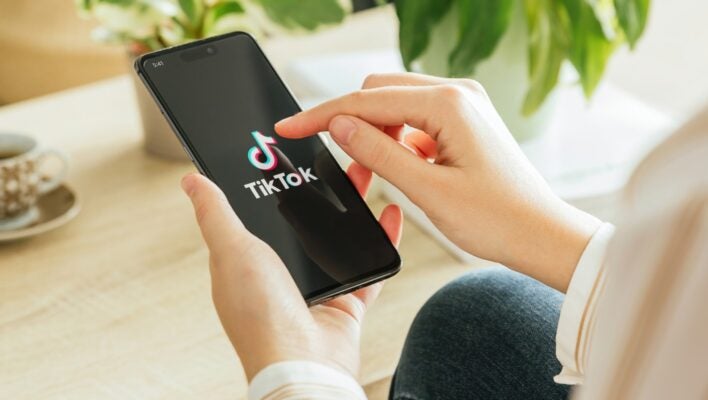Key takeaways
- The new deal brokered by President Trump and China on ownership of TikTok’s US operations will see America take a dominant role in maintaining the app’s algorithm and data
- After Trump brought back TikTok in January following a momentary ban, he has since extended its lifespan several times in order to find a US buyer
- The ban came as a result of US officials expressing security concerns about how TikTok’s parent company, Bytedance, was using US data and its algorithm, and whether it was sharing this with the Chinese government
- With many US businesses using TikTok in order to reach target audiences, changes in the algorithm could affect visibility to customers
Well, it seems TikTok is here to stay. An agreement was reached last week between Trump and China to keep the highly popular app on US phones, and the deal outlined is now said to greatly benefit America and allow them to control the app’s US algorithm and data.
Since January, the Trump administration has been searching for a US company to buy TikTok, originally owned by Chinese company Bytedance. This was due to security risks identified by US officials, about Bytedance potentially sharing the information of US citizens with the Chinese government.
For businesses, TikTok has proven to be a valuable marketing tool. However, will US businesses see changes as a result of the new ownership, particularly as the app’s US algorithm could change?
TikTok Deal ‘Puts America First’, Says White House Press Secretary
Karoline Leavitt, the US White House press secretary, has revealed that the new TikTok deal will see Americans take majority control of the app’s US operations, including its algorithm and data. The deal was reached last week.
“This deal means that TikTok will be majority-owned by Americans in the United States. There will be seven seats on the board that controls the app in the United States, and six of those seats will be Americans,” Leavitt told Fox News.
 This just in! View
This just in! View
the top business tech deals for 2025 👨💻
The Trump administration has been hunting for control of the app’s US operations since the beginning of the year. US officials have expressed security concerns about TikTok’s parent company, Chinese-owned Bytedance, sharing information on US citizens with the Chinese government.
What’s Happened with TikTok So Far?
TikTok was momentarily banned back in January, because of a bipartisan law passed the year before and signed by then-president Joe Biden. The law would see TikTok banned unless it was sold to a US company.
Shortly after, Trump took office, and funnily enough, saving TikTok was part of his campaign. He later said he wouldn’t enforce the penalties in the law signed by Biden if TikTok continued to operate in the US. Since then, Trump has been searching for a US buyer, and has used executive orders several times to help the app escape bans.
Treasury Secretary Scott Bessent announced last week that a deal had been reached between the US and China for ownership of TikTok’s US operations. The new deal sees the data and privacy aspects of the platform handed to software and cloud computing company Oracle, owned by Larry Ellison.
What Does the Deal Mean for US Businesses?
With the deal still freshly done, it’s difficult to say concretely how US businesses will be affected, but we can speculate based on the information the White House has released so far.
An ‘Asia-based investor of Bytedance’ has told The Financial Times that the new version of TikTok would “use at least part of the Chinese algorithm but train it in the US on American user data”. That being said, businesses could still see some changes to TikTok’s algorithm that affects their visibility on the app, potentially making it harder to be recognized in certain markets.
On the other hand, the move could also benefit US based-businesses, as they may be favored more highly within a US-built algorithm compared to a Chinese-built one. What’s most important is that it seems TikTok is here to stay, and for what this will mean specifically for US businesses, we’ll have to wait and see.




